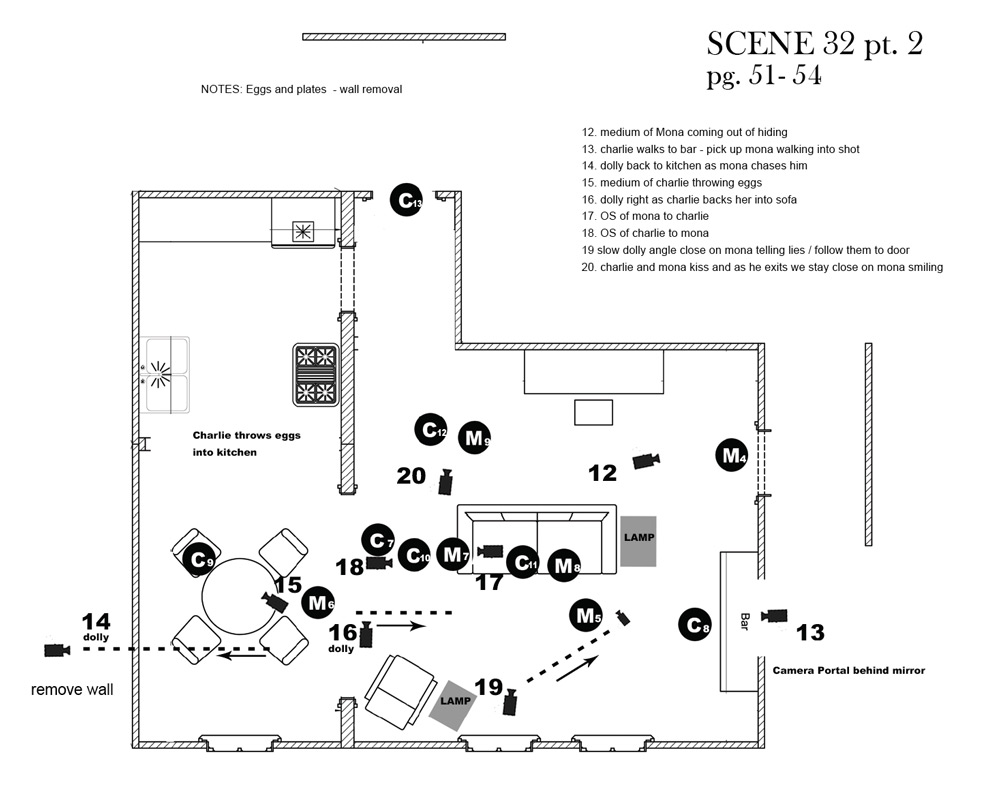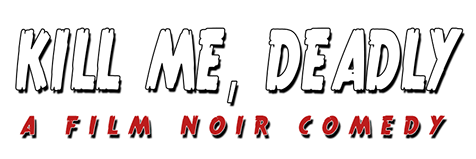Camera & Tech
Pictured here is a 18mm Cooke lens on a Canon 7D with a PL mount. When we shot the first scene in the fall of 2010 the 7D had just recently made a hit with independent filmmakers around the world. For the first time DSLR cameras were being used in TV and various films as extra cameras. In the first phases of principal photograpghy we used Canon consumer lenses but the focus was very difficult to manage since the lenses did not have a way to pull consistent focus. In the final phase of photography we decided on the Cooke lenses with a PL mount. This gave the 7D the best possible chance of getting the image we wanted. We started with the 7D and had many discussions about moving to a newer camera but to maintain visual consistency we chose to increase the optics.
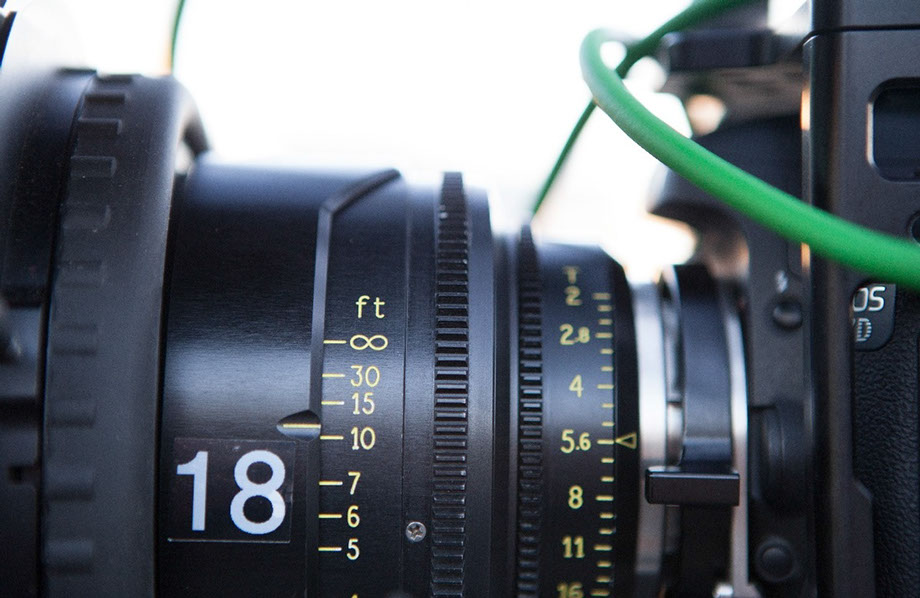
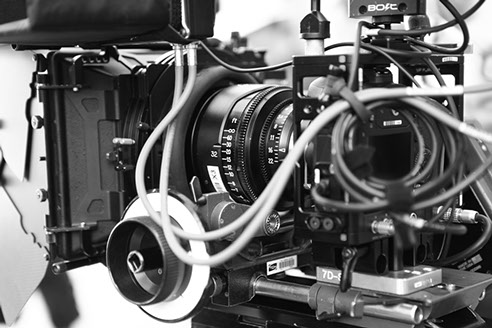
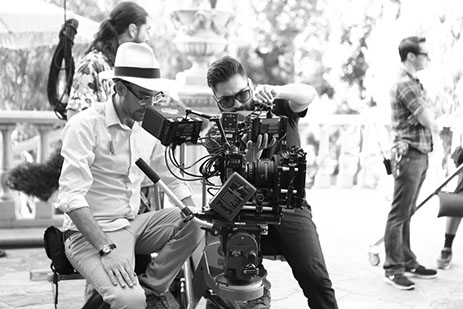
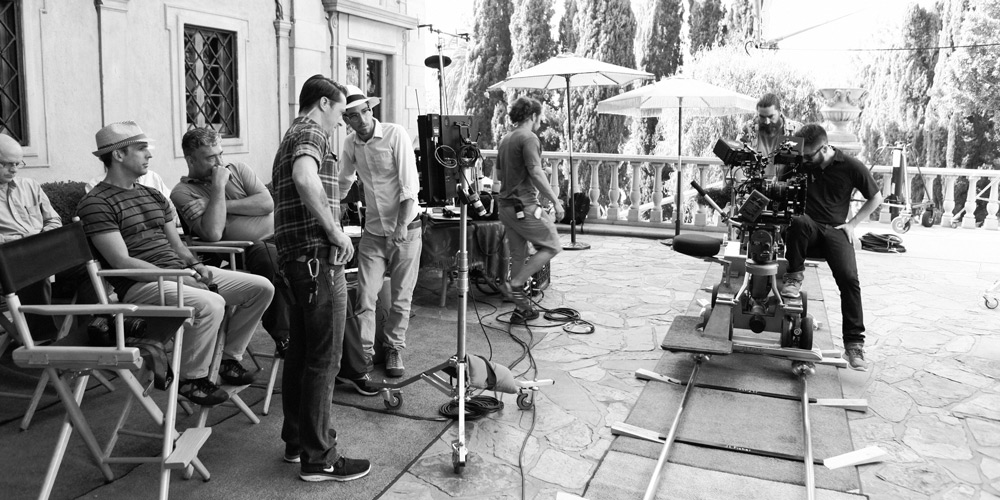
The wireless monitoring system made it very easy for me to monitor the footage in black and white during the takes.
The final shot of the film required our crew building a custom rig for the camera so we could get an overhead tracking shot in Mona's apartment. They constructed a dolly track above the set and rigged the camera so it could shoot straight down and pass directly over the actors.
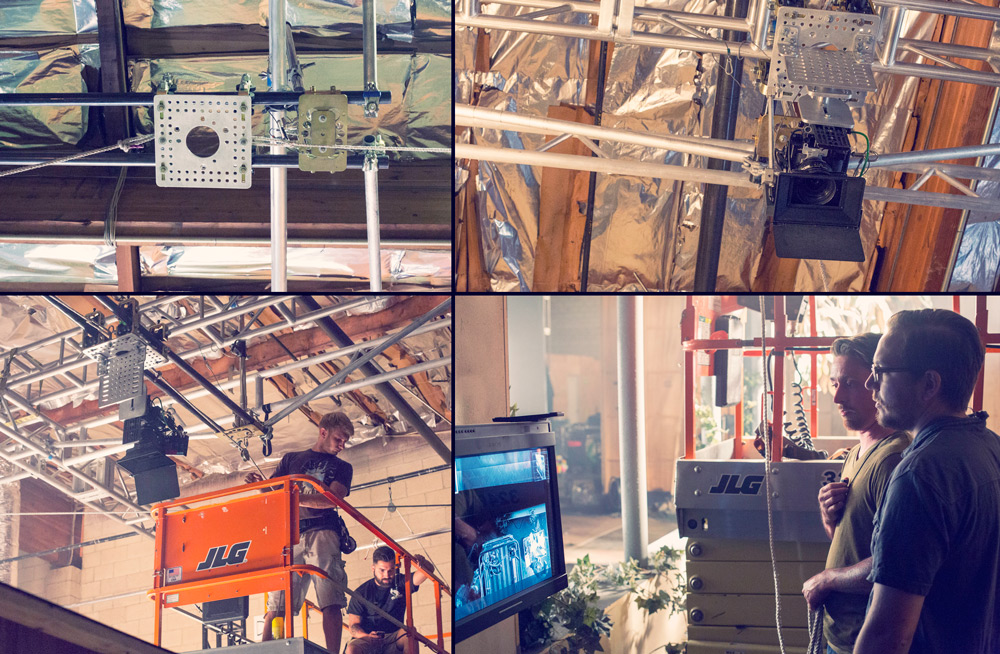
We needed a grand way to open the film and reveal the Clairmont Mansion so we used a technocrane to get a low to high sweeping shot of Charlie's walk up the driveway.
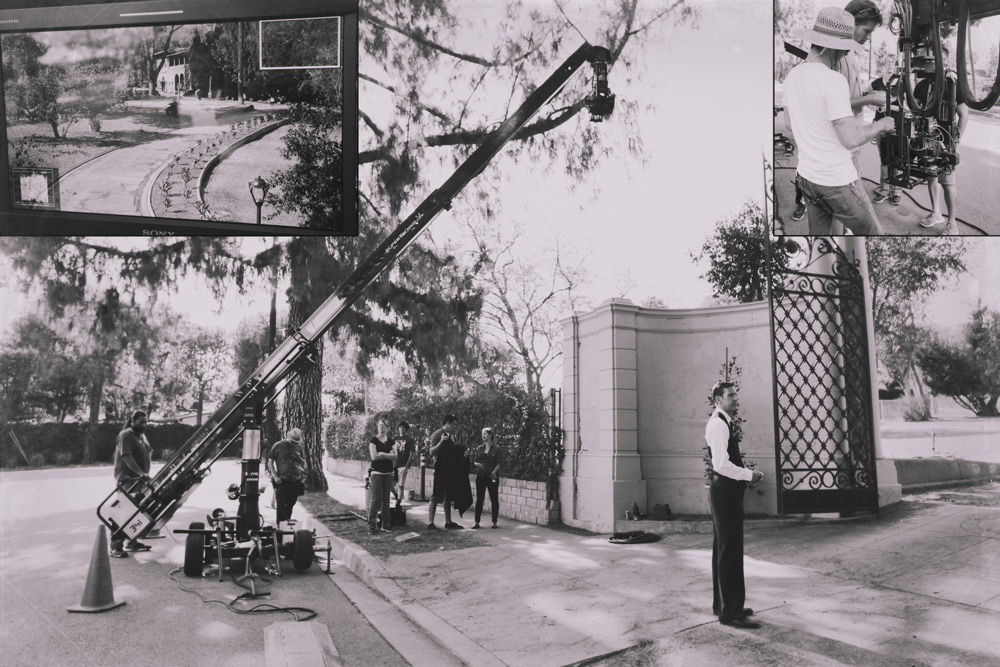
Director of Photography - Nicholas Trikonis
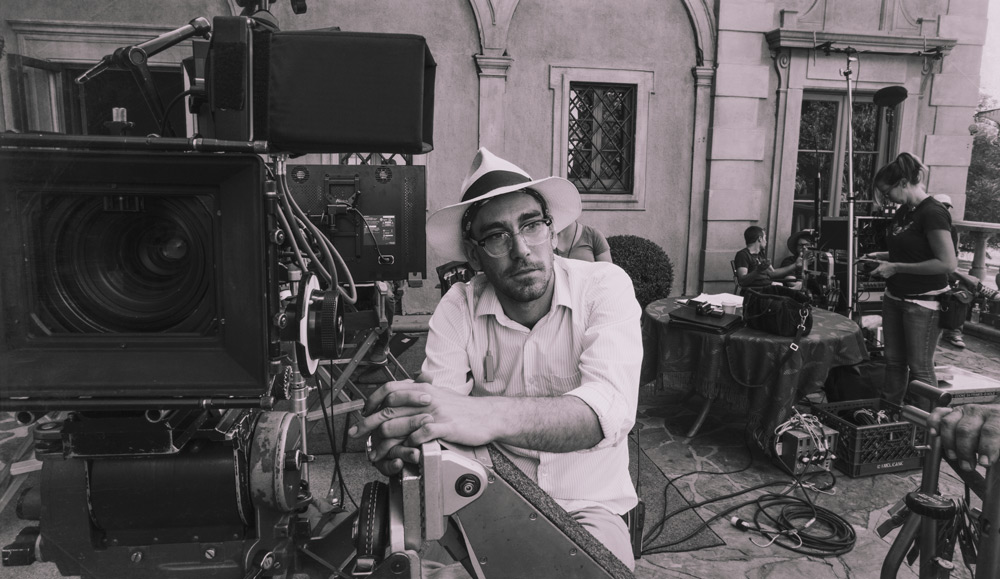
I had always wanted to do rear projection for the driving sequences like they did in the old days but it was too costly and we decided to do green screen. The cucoloris flags created great shadows across actors' faces as they pretend to drive.
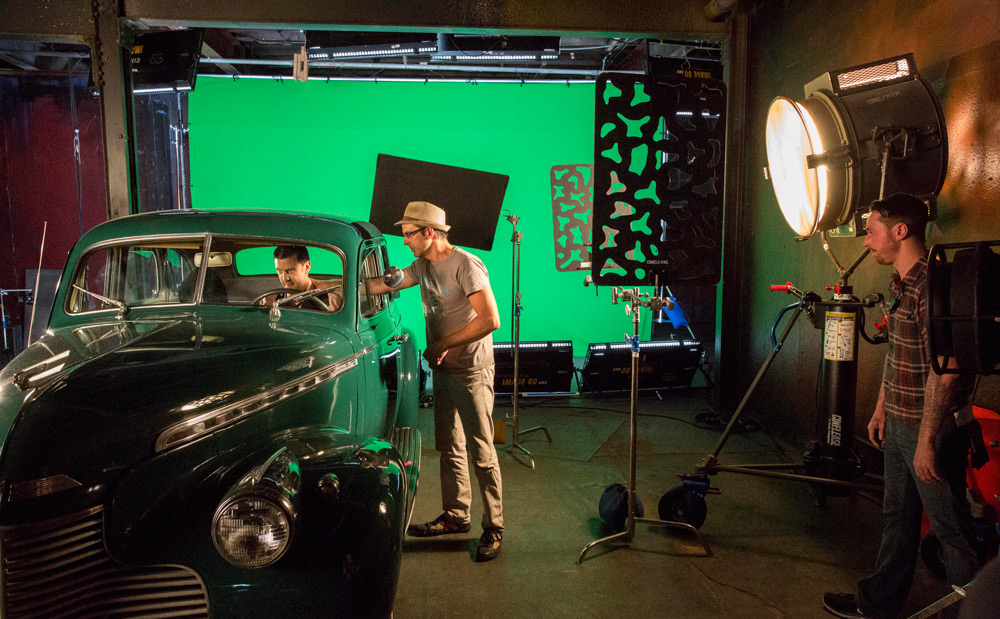

Dolly moves were used often and Nick Lancaster is a master dolly grip.
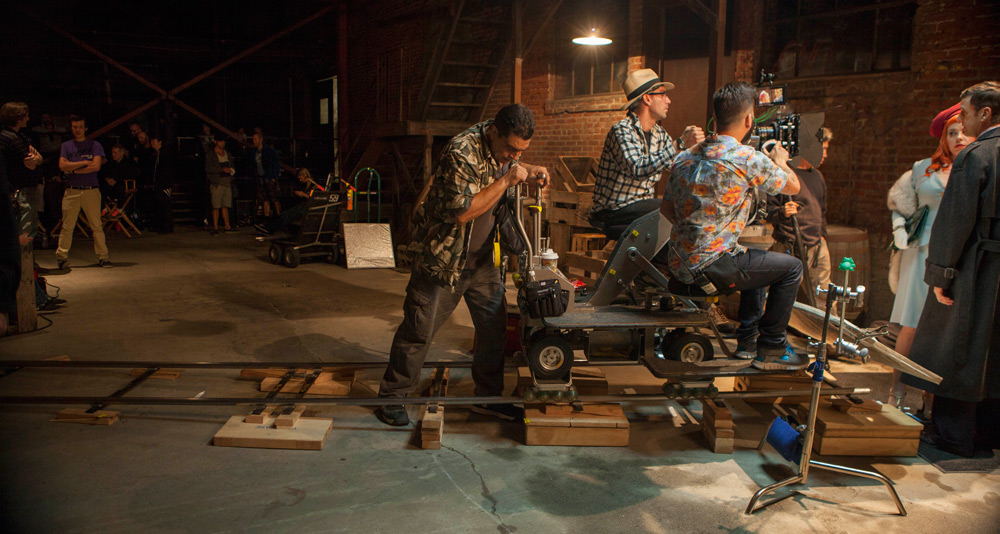
I created camera blocking diagrams so everyone could see how I planned to cover the scenes. Letters M & C represent Mona and Charlie and the small numbers in the character circles show what position they are in the blocking. The larger numbers represent how many set-ups their are. In this scene their were 20 different camera set-ups. The camera icons give an idea which way the camera is pointing. We would meet each morning and do a quick rehearsal for the crew and give everyone an idea of how the scene would look and how we planned to cover the scene. Once you start shooting in one direction you have to plan the best way to proceed so you have fewer lighting set-ups. You try to shoot all the angles that face a particular direction before you change to another angle. Camera set-up 13 is shot through the camera portal behind the bar. Shooting through the portal made it so we did not have to remove a wall, which saved us a lot of time. For set-up 14, I cut the dolly move and just used a wide angle lens so we could see the entire room and not need to remove the wall.
